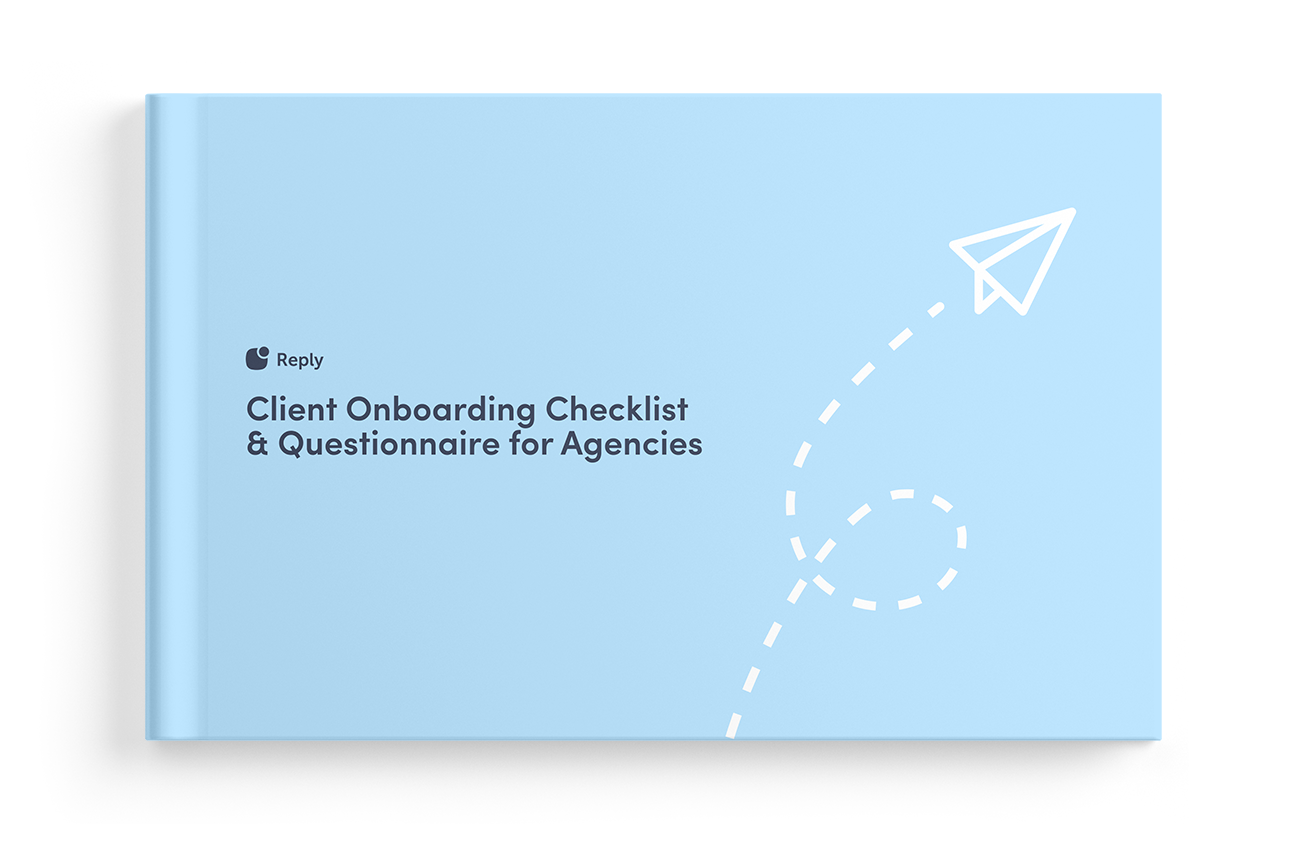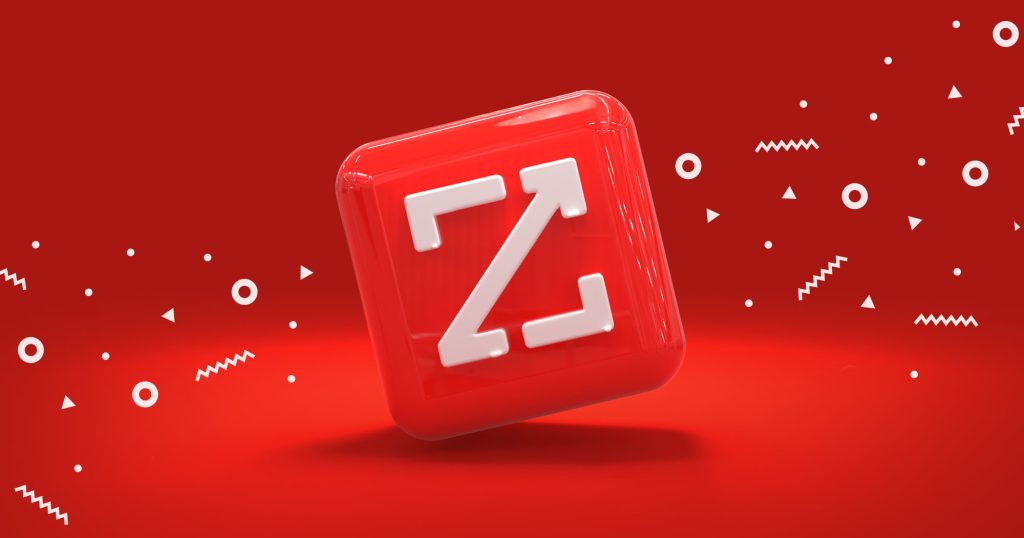5 common pricing models to consider for your agency
Now, let’s talk about some of the available options. As we look through the most popular agency pricing models, think carefully about how they would work within your agency and the impact they would have on your business, your staff, and your clients.
1. Hourly pricing
The hourly rate model is one of the most straightforward pricing strategies, where agencies charge clients based on the actual time spent on a project. The rate is predetermined and the total cost is calculated by multiplying the rate by the hours worked.
Hourly pricing tends to be popular with newer agencies due to its simplicity.
An hourly rate also works well when you regularly deal with fluctuating project scopes. If the client suddenly needs an extra day’s work for the latest project, all you need to do is add the required number of hours and you’re good to go.
Agencies offering specialized services where the worked time might vary between clients, like consulting and coaching, may also benefit from an hourly rate.
In some cases, hourly pricing may work well as part of a hybrid model. For example, if your agency has a retainer client that needs supplementary services as a one-off, rewriting the entire retainer agreement doesn’t make much sense. Instead, you can charge an hourly rate for those extras and return to the normal retainer agreement next month.
Of course, it’s not all positive. Hourly rates can easily lead to disagreements, where both your clients and staff have very different ideas about how long a task should take. Hourly pricing makes it harder to predict future income, especially where the hours worked vary from month to month.
Clients may also end up comparing your hourly rate with their salary and resent what they see as unreasonably high agency costs (usually failing to take into account the value you’re delivering and the overheads that come with running an agency).
If you end up choosing to go the hourly route, make sure your clients know what that rate is and tell them immediately if it looks like you’ll need extra hours. You should also diligently track all billable hours with time-tracking software, so you know exactly how many hours to bill each month.
✅ Pros: Simple, easy to calculate and adaptable to changes in project scope.
❎ Cons: Lack of predictability or incentive for efficiency. Doesn’t account for value.
➡️ Top tip: Establish minimums for projects (e.g. no less than 4 hours billed) to cover consultation time and ensure there’s money coming in.
2. Fixed project fee
In the fixed fee model, agencies and clients agree on a set price for a defined scope of work. No matter how many hours the project takes, the client pays the same amount. This model offers predictability for both parties but requires a clear understanding of project requirements.
Fixed fees work well for highly specialized services like web design and SEO, where project scopes are easier to define and accurately estimate.
For agencies, a project rate gives you a more predictable and consistent income while also incentivizing efficiency. The faster you finish the project, the greater the profit.
This predictability works both ways, enabling clients to know in advance how much a project will cost and budget accordingly.
However, there are some important caveats. If you’ve ever found yourself still working on a project hours (or even days) after you expected to finish it, you’ve experienced the planning fallacy — the tendency to underestimate how long a task will take. Agency owners need to overcome this bias and accurately estimate project timelines in order to price projects correctly.
You also need to be crystal clear on the project scope, otherwise, scope creep can quickly eat into profits.
To price fixed fee projects profitably, conduct a thorough assessment of project requirements before quoting. Break down the project into specific milestones with due dates to clarify deliverables.
Ensure you have clear change order policies in place. If the scope changes, your cost changes. Maintain open communication with clients to manage expectations and address issues promptly, before they become serious problems.
✅ Pros: Cost predictability, incentive for agency efficiency, and simplicity.
❎ Cons: Potential to underestimate time/work needed, leading to possible compromises on quality. Potential for disputes over scope changes.
➡️ Top tip: Projects always take longer than expected. Add padding to allow for any unexpected delays or other unknowns that will inevitably pop up.
3. Value-based agency pricing
Value-based pricing involves setting prices/charging based on the perceived value of the services to the client, rather than the cost of production or time spent on the project. This allows for premium pricing, making it the gold standard for many agencies.
Value-based pricing works well for agencies that provide measurable ROI, like leads generated, revenue created, costs reduced, etc. It’s popular with high-end strategic services, like corporate consulting and executive coaching.
Despite the higher prices, this can be popular with clients who prioritize performance over costs. Value-based pricing fosters a results-driven approach and encourages agencies to prioritize client success, leading to potentially better outcomes.
Done correctly, value-based pricing can strengthen client relationships and retention — especially if results consistently exceed expectations.
Not every agency can use value-based pricing though. If a client is going to pay premium rates, they need to clearly understand the value proposition, but quantifying value can be tricky for some services.
For example, what’s the monetary value of brand awareness, or public relations? Services like these are undoubtedly valuable, but they don’t typically have a direct, easily measurable financial impact.
If you’re going to adopt value-based pricing in your agency, you’ll need a deep understanding of your client’s business and be able to quantify the results of working with your agency. What metrics and KPIs can you impact?
When talking with the client, clearly communicate that value proposition and justify the pricing with tangible benefits. It also helps to point out the value you’ve delivered (either for them or similar clients) in the past. Prove you can deliver results and clients will be knocking down the door to pay your agency fees.
✅ Pros: Alignment with client value, potential for higher profits, and differentiation in the market.
❎ Cons: Difficulty in quantifying value, risk of client disagreement on value, and potential for pricing disparities.
➡️ Top tip: Conduct thorough research to understand the client’s business and the value of the services provided.






![How to Write Your Perfect LinkedIn Connection Message [With 15+ Templates] How to Write Your Perfect LinkedIn Connection Message [With 15+ Templates]](https://reply.io/wp-content/uploads/linkedin.messages-1024x538.jpg)